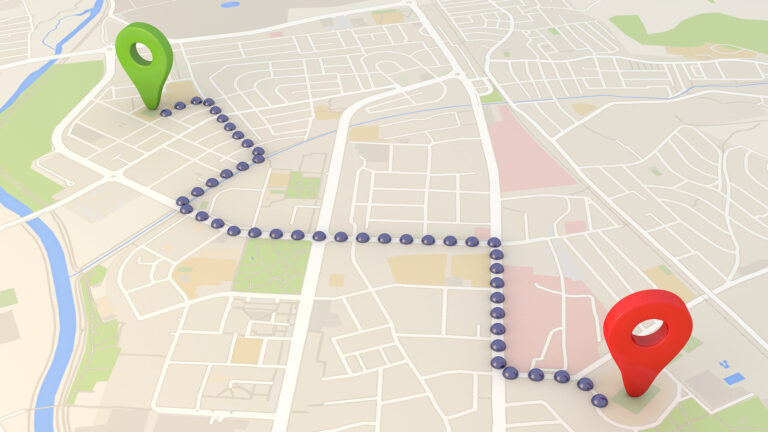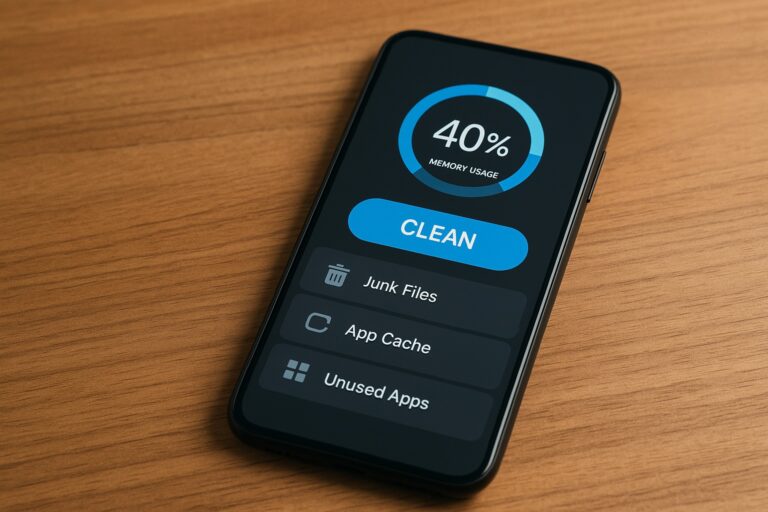Anúncios
Having a well-structured workout plan is one of the fastest ways to see results at the gym. But creating one from scratch can be overwhelming — especially if you’re not a fitness expert.
That’s where workout planning apps come in. They provide structure, exercise variety, progress tracking, and the motivation you need to stick to your goals.
Anúncios
In this guide, you’ll learn how to choose the right app for your fitness needs, discover the 7 best options available, and get tips to maximize your results without overcomplicating your routine.
Step 1: Understand Why You Need a Workout Planning App
A workout app can help you:
Anúncios
- Save time by having a ready-to-follow plan
- Ensure proper exercise variety to avoid plateaus
- Track progress over time
- Stay motivated through reminders and milestones
📌 If you’re serious about improving your performance, an app can be like having a personal trainer in your pocket.
Step 2: Define Your Fitness Goals
Before choosing an app, clarify your goals:
- Strength Training: Focus on compound lifts and progressive overload.
- Muscle Gain: Include hypertrophy-focused routines.
- Weight Loss: Mix cardio with strength training.
- Endurance: Prioritize high-rep sets and conditioning work.
💡 Your app choice should match your primary goal.
Step 3: Look for Key Features in a Workout App
When browsing options, look for:
- Customizable workout plans
- Large exercise library with videos
- Built-in rest timers
- Progress tracking with charts
- Integration with wearables (Apple Watch, Fitbit)
Step 4: Check App Compatibility and Usability
The best app is the one you’ll actually use.
- Is it available on iOS and Android?
- Does it sync with your smartwatch?
- Is the interface easy to navigate?
📌 Poor usability can make you drop the habit.
Step 5: Compare Free vs. Paid Versions
Many apps offer solid free features, but premium upgrades may include:
- More workout programs
- Personalized coaching
- Advanced analytics
💡 If you’re new to training, start with the free version before upgrading.
Step 6: Read User Reviews and Expert Recommendations
Check app store reviews and fitness blogs for honest feedback. Look for:
- Consistency in updates
- Accuracy of exercise demonstrations
- Quality of customer support
Step 7: Top 7 Apps for Creating Your Gym Workout Plan
Here are the top picks with pros and cons:
- Strong
- Pros: Easy logging, great for strength training, customizable plans
- Cons: Limited cardio tracking
- Jefit
- Pros: Huge exercise library, progress tracking, community support
- Cons: Free version has ads
- Fitbod
- Pros: AI-generated workouts based on your history
- Cons: Subscription required for full access
- Nike Training Club
- Pros: High-quality guided videos, free content
- Cons: Limited advanced lifting programs
- MyFitnessPal + Custom Plan Integration
- Pros: Combines nutrition and training tracking
- Cons: Workout features not as deep as dedicated apps
- Workout Planner Muscle Booster
- Pros: Goal-based routines, adaptive plans
- Cons: Premium pricing
- Hevy
- Pros: Social workout tracking, easy progress visualization
- Cons: Smaller exercise library compared to Jefit
Step 8: Tips for Getting the Most Out of Your Chosen App
- Stick to your plan for at least 4–6 weeks before making changes
- Log every workout to track progress accurately
- Use built-in rest timers to keep workouts efficient
Step 9: Common Mistakes to Avoid When Using Workout Apps
- Overtraining: More isn’t always better — rest is key for results
- Lack of Variety: Rotate exercises every few weeks to avoid plateaus
- Skipping Tracking: Without logging, you can’t measure progress
Step 10: Combine Your App with Healthy Lifestyle Habits
An app can only do so much — you need to pair it with:
- Proper nutrition
- Adequate sleep
- Stress management
- Consistent hydration
Conclusion
A workout planning app can be your best gym partner, giving you structure, variety, and motivation. The key is choosing one that fits your goals and lifestyle — then committing to use it consistently.
Start small, track your progress, and watch how a well-designed plan transforms your workouts and results.
FAQs
1. Are workout planning apps better than hiring a personal trainer?
Not necessarily — they’re a more affordable and flexible alternative, but trainers offer in-person guidance.
2. Can I use these apps without gym equipment?
Yes, many include bodyweight-only programs.
3. Which app is best for beginners?
Nike Training Club and Strong are excellent starting points.
4. Do I need to pay for a workout app?
Free versions work well, but paid plans unlock more customization.
5. How often should I change my workout plan?
Every 4–8 weeks, depending on your progress and goals.



